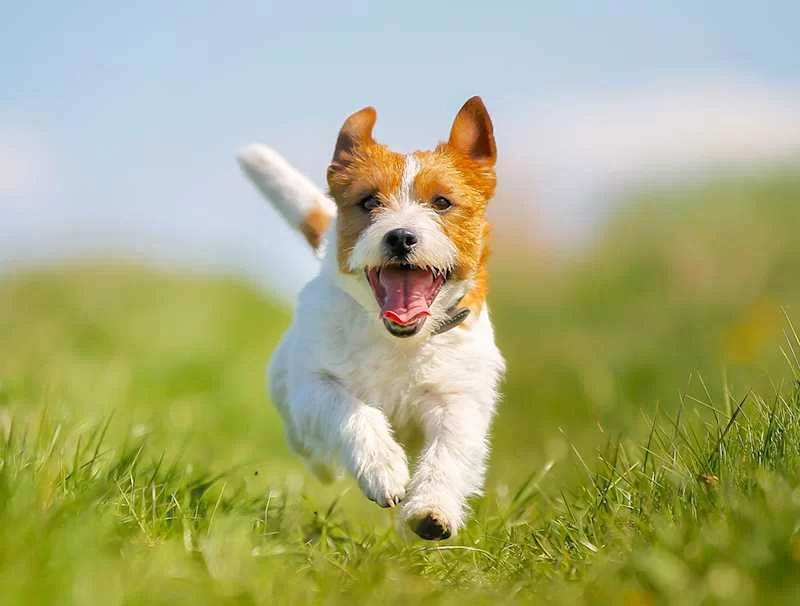- Rethinking-Dog-Training
- Understanding-the-Importance-of-Non-Food-Rewards
- Step-by-Step-Training-Techniques-Without-Treats
- Common-Challenges-and-How-to-Overcome-Them
- Real-Life-Examples-of-Successful-Training
- Professional-Resources-and-Support
1. Rethinking Dog Training: Moving Beyond Treats
Many pet owners immediately reach for treats when teaching their dogs to follow commands, but what if you could train effectively without relying on food rewards? Understanding how to teach your dog to follow commands without treats opens a world of possibilities for building trust, enhancing focus, and encouraging intrinsic motivation.
This approach emphasizes the importance of communication and consistency, fostering obedience that doesn't hinge on the promise of a snack. While treats can be powerful motivators, over-reliance on them may lead to a dog who obeys only when food is visible. Training without treats encourages your dog to respond to your voice, gestures, and presence alone.
1.1 Why Treat-Free Training Works
Dogs are social animals that seek connection with their owners. Treat-free training taps into this natural desire for companionship and approval, making your dog more attentive and responsive even in distracting environments. Additionally, avoiding treats helps prevent issues such as overfeeding and picky eating.
2. Understanding the Importance of Non-Food Rewards
When teaching your dog to follow commands without treats, alternative rewards become crucial. Praise, petting, playtime, and verbal encouragement are powerful tools that reinforce good behavior.
For example, many dogs respond enthusiastically to an excited voice or a favorite toy more than to treats. Using these non-food rewards consistently helps your dog associate obedience with positive experiences beyond snacks.
2.1 Building Positive Associations
Non-food rewards strengthen your bond by showing your dog that pleasing you leads to attention and fun. Timing is essential—immediately acknowledging good behavior with enthusiastic praise or a quick game makes the connection clear and motivates your dog to repeat it.
3. Step-by-Step Training Techniques Without Treats
Teaching your dog to follow commands without treats requires patience, consistency, and a clear plan. Here’s how to get started:
3.1 Establish Clear Commands and Signals
Use simple, distinct words or hand gestures to communicate each command. Consistency in language and signals helps your dog understand expectations clearly.
3.2 Use Life Rewards
Incorporate everyday rewards such as access to a favorite spot, leash walks, or play sessions as motivation for obedience. For example, ask your dog to sit calmly before opening the door or putting on the leash.
3.3 Gradual Increase in Distractions
Start training in a quiet environment, then slowly introduce distractions like other pets or outdoor noises. Reward calm compliance with praise and affection to reinforce focus despite interruptions.
3.4 Practice Short, Frequent Sessions
Keep training sessions brief but frequent to maintain your dog’s interest and prevent frustration. Regular repetition solidifies learning and builds confidence.
4. Common Challenges and How to Overcome Them
Training without treats can initially seem slower or less effective, especially if your dog is highly food-motivated. However, patience and creativity are key to success.
If your dog seems distracted or unmotivated, try introducing a favorite toy or increasing the enthusiasm in your praise. Consistency in commands and avoiding mixed signals will also help your dog learn what’s expected.
4.1 Avoiding Frustration
Stay calm and positive even if progress is slow. Dogs sense frustration and may become anxious or confused. Celebrate small wins and gradually build on them.
5. Real-Life Examples of Successful Training Without Treats
One inspiring story involves Luna, a rescue dog who was initially unresponsive to traditional treat-based training due to food allergies. Her owner switched to treat-free methods, focusing on praise and play. Over several months, Luna learned to sit, stay, and come reliably, strengthening her trust and obedience without any treats.
Such examples show that how to teach your dog to follow commands without treats is not only possible but can foster a deeper, more resilient relationship.
6. Professional Resources and Support
If you’re looking for guidance or specialized training tools, Hidden Brook Veterinary offers expert advice and quality products to support your training journey. From training aids to behavioral consultations, their team helps tailor approaches that fit your dog’s unique personality and needs.
Exploring professional support can make treat-free training more effective and enjoyable for both you and your dog.












